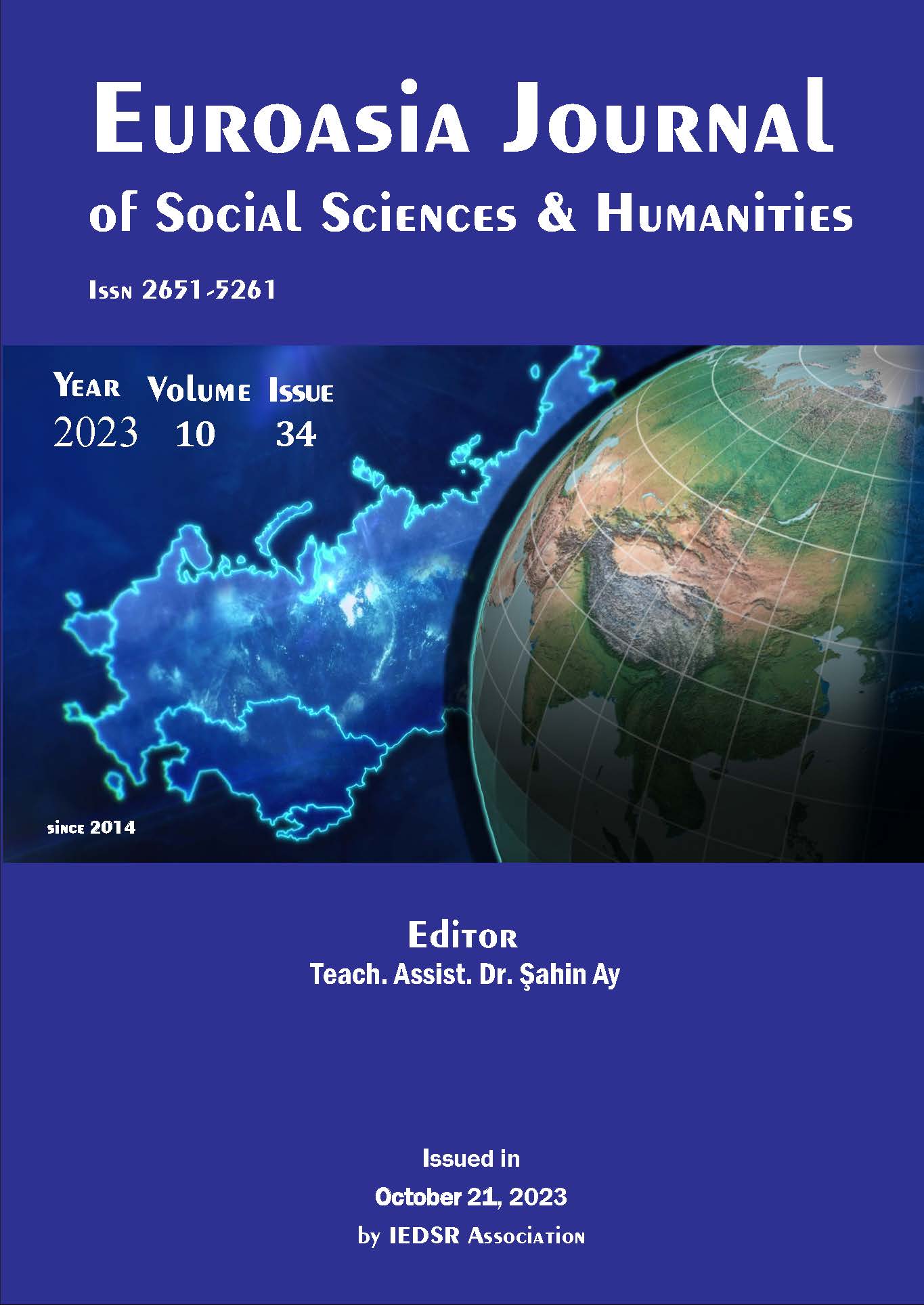Life Performances of Tehching Hsieh: The Art of Invisibility and Inaction
DOI:
https://doi.org/10.5281/zenodo.10029881Keywords:
Tehching Hsieh, performance art, public space, private space, public artAbstract
Tehching Hsieh turned to performance art in the 1970s, producing five performances over one-year periods between 1978 and 1986. With these performances in which he questioned the public and private sphere, he completely destroyed the boundary between art and life. The concept of "border", which has become one of the main problematics of post-1960s art, has not been handled as directly and "from within" as Hsieh's works, although the distances between art and life have narrowed from time to time. Each of the artistic acts of the artist, who was himself a refugee, took place over long periods of time and required special environments and conditions. In this area of performance art, called endurance art or temporal art, unlike other artists, he presented pacified pieces of life, not violence or bodily pain. Although focus and discipline are an important condition in the artist's performances, the body is not presented as a passive object. The flow of life of a refugee at the borders has become an artifact. Therefore, the artist has read the concept of the boundary between art and life in reverse. Life, not art life, has substituted art. In her fifth and final year of performance, she went on an artistic diet. He made art by not making art, not thinking about art, not reading or writing. After a year of performances in private and public spaces, he proposed a 13-year period of artistic inaction called the "Thirteen-Year Plan". This time the inaction is not directed at the self, but at the viewer. He made art but did not exhibit it.
Downloads
References
Arendt, Hannah (1994). İnsanlık Durumu (B. Sina Şener). İstanbul: İletişim.
Eshelman, S. (2016). Tehching Hsieh’s Outdoor Piece: The Invisibility of Hegemonic Poaching in the Public Sphere. HAVC 191P
https://dca.ue.ucsc.edu/dca/winners/2016/796
Geuss, R. (2007). Kamusal Şeyler Özel Şeyler (Çev. Gülayşe Koçak). İstanbul: YKY.
Habermas, J. (2004). “Kamusal Alan”. M. Özbek (Der. ve Çev) Kamusal Alan içinde (95-102), İstanbul: Hil Yayın.
Habermas, J. (2012). “Öteki” Olmak “Ötekiyle” Yaşamak (çev. İlknur Aka). İstanbul: YKY
Jagodzisnki, J. (2019). The Excessive Aesthetics of Tehching Hsieh: Art as A Life. Kevin Tavin vd. (Ed.) Art, Excess, and Education içinde (55-75). London: Palgrave Macmillan
Kee, J. (2016). Orders of Law in the One Year Performances of Tehching Hsieh. American Art, 30 (1), s. 72-91.
Mangrane, A. (2020). Training Art, Tracking Discourse. Finland: Novia University
Montana, Linda M. (2000). Performance Artist Talking in the Eighties. London: Universty of California Press.
Sennet, R. (2013). Kamusal İnsanın Çöküşü (çev. S. Durak ve A. Yılmaz. İstanbul: Ayrıntı.
Sennet, R. (2014). Yabancı: Sürgün Üzerine İki Deneme (çev. Tuncay Birkan). İstanbul: Metis.
Smith, R. (2009). A Year in a Cage: A Life Shrunk to Expand Art. The New York Times. https://www.nytimes.com/2009/02/19/arts/design/19perf.html
Suk, J. (2013). Becoming Art: Life-works of Tehching Hsieh in Deleuzian Perspective. Prague Journal of English Studies, 2 (1), s. 79-96.
Tehching H. Biography. (t.y.). https://www.tehchinghsieh.net/biography, Erişim tarihi: 08.06.2023
Tucker, M. (1986). Choices:Making an Art of Everyday Life. New York: Eastern Press.
Downloads
Published
How to Cite
Issue
Section
License
Copyright (c) 2023 EUROASIA JOURNAL OF SOCIAL SCIENCES & HUMANITIES

This work is licensed under a Creative Commons Attribution-NonCommercial 4.0 International License.

